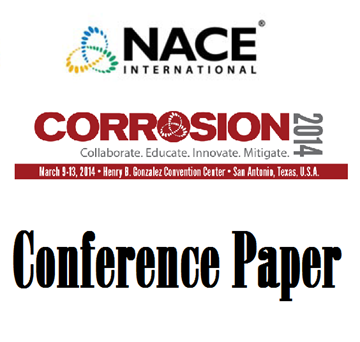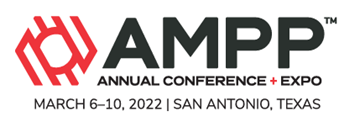Search
Individual Conference Papers
View as
Sort by
Display
per page
Examination Of IASCC In 304 Stainless Steel Core Shroud From A Commercial Boiling Water Reactor (BWR)
Product Number:
ED22-18366-SG
Publication Date:
2022
$20.00
Excavation, Removal And Evaluation Of Coupons Exposed To AC Interference While Connected To An Operating Product Transmission Pipeline
Product Number:
51321-16566-SG
Publication Date:
2021
$20.00
Expanded Service Temperature Limits of Polymer Liners in Water Injection Pipelines
Product Number:
51319-12796-SG
Publication Date:
2019
$20.00
Expanding Industry Access to Molecular Microbiological Methods: Development of an Off-the-Shelf Laboratory Workflow for qPCR and NGS Analysis
Product Number:
51319-13033-SG
Publication Date:
2019
$20.00
Expanding SCC Safe Use Limit of Alloy 718 for Sour HTHP Downhole Applications
Product Number:
51324-20928-SG
Publication Date:
2024
$40.00
EXPECTED SERVICE LIFE AND COST CONSIDERATIONS FOR MAINTENANCE AND NEW CONSTRUCTION PROTECTIVE COATIN
Product Number:
51314-4088-SG
ISBN:
4088 2014 CP
Publication Date:
2014
$0.00
Expected Service Life and Cost Considerations for Maintenance and New Construction Protective Coating Work
Product Number:
51324-20960-SG
Publication Date:
2024
$40.00
Expected Service Life And Cost Considerations For Maintenance And New Construction Protective Coating Work
Product Number:
51322-17616-SG
Publication Date:
2022
$20.00
Experiences with Coating Systems Selection for the World Trade Center Transportation Hub
Product Number:
41212-667-SG
Publication Date:
2012
$20.00
Experimental and Numerical Erosion Pattern Study in a Pulverized Coal Injection Nozzle Geometry
Product Number:
51323-19575-SG
Publication Date:
2023
$20.00
Experimental and Numerical Studies on the Influence of Particle Sizes on Erosion of Elbows in Series in Gas-Solid and Multiphase Flow Conditions
Product Number:
51323-19098-SG
Publication Date:
2023
$20.00
Experimental Characterization of Grain Boundary Fracture Properties in a FeCr12Ni26Si3 Austenitic Stainless Steel Oxidized in PWR Environment
Product Number:
ED22-17126-SG
Publication Date:
2022
$20.00












